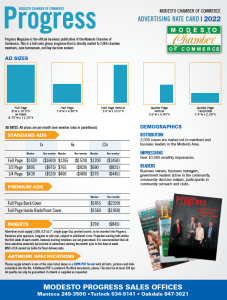Science at The State: Star Trek Into Darkness
The STATE Theatre & Lawrence Livermore National Laboratory presents Science at The State: Star Trek into Darkness A free student science education program pairing LLNL scientists with popular movies. LLNL Scientist(s) Derek Mariscal, Dave Schlossberg Teacher Tom Shefler, Granada High School Bringing Star Power to Earth: Harnessing Nuclear Fusion. The NIF is the world’s largest and most energetic laser system and was built to create extreme states of matter – similar to those found in stellar and planetary interiors. Here scientists, engineers, and technicians work on the grand challenge of recreating the engines of stars on earth by harnessing fusion. Successful demonstrations on the NIF are laying the foundation for a future generation of clean, near-limitless energy using inertial confinement fusion. This presentation will overview the fusion science conducted on the NIF; including experiments, simulations, and the application of machine learning to better understand the physics of these highly complex physical phenomena. Film Summary: When the crew of the Enterprise is called back home, they find an unstoppable force of terror from within their own organization has detonated the fleet and everything it stands for, leaving our world in a state of crisis. With a personal score to settle, Captain Kirk leads a manhunt to a war-zone world to capture a one man weapon of mass destruction. As our heroes are propelled into an epic chess game of life and death, love will be challenged, friendships will be torn apart, and sacrifices must be made for the only family Kirk has left: his crew. Doors at 1:30 p.m. Talk 2:00 – 3:00 p.m. Film at 3:15 p.m. FREE to students | all others $5 Speaker Bios: Derek Mariscal received a B. S. in Physics from CSU Stanislaus and a Ph. D. in Engineering Physics from UC San Diego. He is a physicist and part of the Inertial Confinement Fusion (ICF) research team at the National Ignition Facility. He also performs research in short-pulse high-intensity laser-plasma acceleration and is working with the Cognitive Simulation group at LLNL to drastically enhance the rate of learning from laser-driven experiments by combining advanced computational techniques such as Deep Learning with high repetition rate lasers. Dave Schlossberg received a B. A. in Physics from Swarthmore College, a M. S. and Ph. D. from University of Wisconsin, Madison. He currently researches thermonuclear fusion via laser indirect drive inertial confinement at LLNL’s National Ignition Facility, with expertise in nuclear processes and diagnostics. He is part of the team that recently achieved the first burning plasma in a laboratory. Previously he worked on NASA’s Hubble Space Telescope, General Atomics’ DIII-D Tokamak, and the Pegasus Toroidal Experiment. Tom Shefler received a B. S. degree in Physics and Applied Mathematics from Western Michigan University and a M. A. in Astronomy and Astrophysics from the UC Berkeley. While at Berkeley, he researched analyzed and cataloged Hubble Space Telescope images of galaxies, observational research involved in the detection and study of extrasolar planets, and discovered Supernova 1998DT while working with the Katzman Automatic Imaging Telescope team. He currently teaches Physics and Engineering at Granada High School.
Date and Time
Saturday Mar 16, 2024
2:00 PM - 5:00 PM PDT
March 16th, 2024 Doors at 1:30 p.m. Talk 2:00 – 3:00 p.m. Film at 3:15 p.m.
Location
The State Theatre 1307 J St, Modesto CA 95354
Fees/Admission
$5 Free for all students
Website
Contact Information
(209) 527-4697
Send Email






